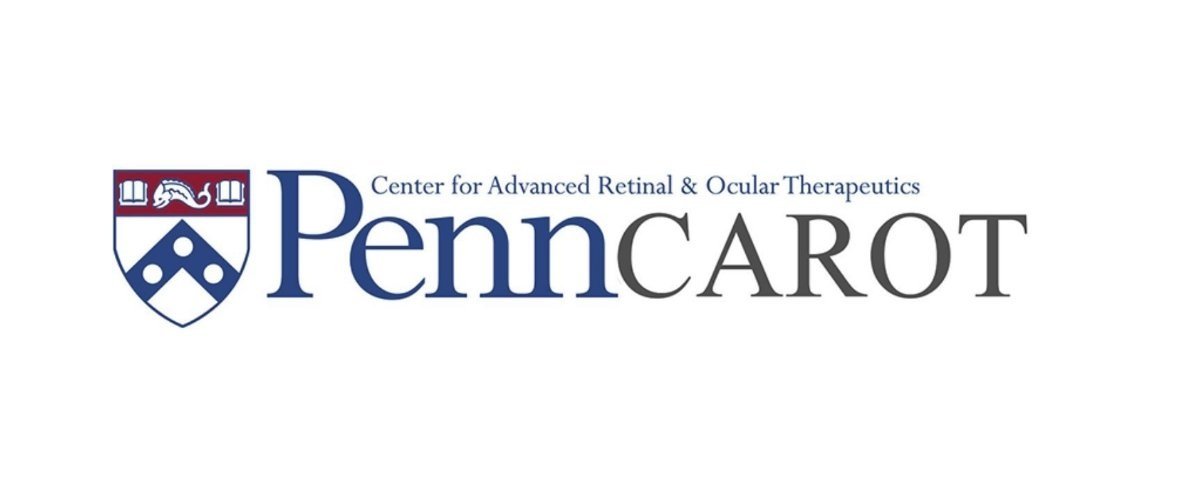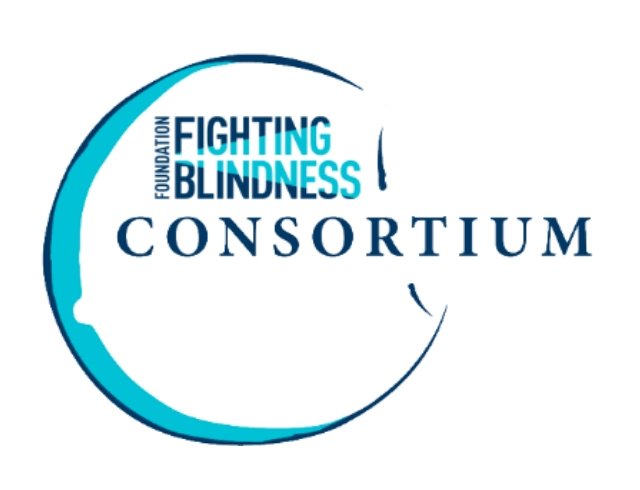Cures for retinal diseases are on the horizon. We’re here to make sure gyrate atrophy is next.
We started Conquering Gyrate Atrophy to build a community focused on finding a cure. This includes patients, families and loved ones affected by the disease as well as researchers working on a wide range of topics relevant to gyrate atrophy.
See this article in Johns Hopkins magazine about the power of patient advocacy for gyrate atrophy.
Photo Credit: Melissa Stottmann
Our Mission
Catalyze and support the most promising research
Support patients and families to influence and participate in research
Share results among patients, families and researchers.
we’re passionate about advancing researcH
The research landscape has never been brighter:
Luxturna’s success laid the foundation for cures to other inherited retinal diseases. Because of our engaged community, gyrate atrophy is now also on that path.
While it does take millions of dollars to bring a new treatment to market, the size of funding we provide is enough for labs to begin work on gyrate atrophy today.
Larger funders and investors look for an engaged patient community when deciding what disease to tackle next. We’re that community, and we’re ready to mobilize.
In the meantime, there’s a diet that can slow the progression of the disease, giving us ways to manage the disease while we wait for a cure.
Our Story
Our daughter has gyrate atrophy. It started on Halloween, when our 4 year old daughter kept tripping and stumbling as she went from house to house to trick-or-treat after dark. Her pediatrician and ophthalmologist assured us this was nothing to worry about. When she was 16, during a routine eye exam, the optometrist found dark patches on her retina which was later confirmed as gyrate atrophy. Now a young adult, she eats a vegetarian diet (which has helped) and she lives a full life. One of the hardest parts of living with gyrate atrophy is the anxiety and anticipation of what might happen. She recently learned that she can no longer drive due to her poor peripheral vision. She has had some bad falls and may need to begin using a cane. Gyrate atrophy is a slow moving train; we plan to be faster.
Organization Founders
-

Karabi Acharya, ScD
Founder & Chief Executive Officer
Mom, Public health anthropologist, Philanthropist, Public Speaker
-

Malay Acharya
Founder & Chief Financial Officer
Dad, Computer engineer, Problem-solver
Scientific Advisors
-

David Valle, MD
Director, Institute of Genetic Medicine
Professor of Genetic Medicine
Johns Hopkins Medicine
-

Mandeep Singh, MD, PhD
Assistant Professor of Ophthalmology
Wilmer Eye Institute
Johns Hopkins Medicine
-

Jean Bennett, MD, PhD
F.M. Kirby Professor of Ophthalmology
Perelman School of Medicine
University of Pennsylvania
-

Jeremy Foster, PhD
Senior Scientist
New England BioLabs
Our Partners
We collaborate with some of the most notable names in the space.




